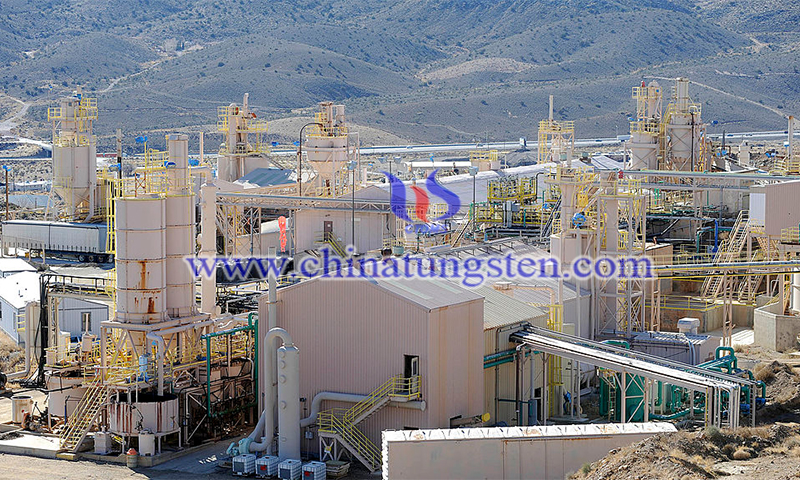America's Rare Earth Vulnerability May Deepen
- Details
- Category: Tungsten's News
- Published on Saturday, 08 January 2022 19:06
- Written by Caodan
- Hits: 398
A document on the official website of the U.S. Geological Survey shows that America relied almost entirely on rare earth elements (REEs) imported from China in the late 1990s. Some 20 years later, U.S. defense contractors still can't find any alternative REEs to keep their F-35s flying, according to ABC News.
Global demand for many REEs is expected to grow over the next 20 years as the world moves to reduce carbon emissions. For example, international demand for lithium and graphite, key elements in electric vehicle batteries, is expected to surge by more than 4,000% and 2,500%, respectively, in 2040.
According to a report on the official website of the Canadian government, China is the world's largest producer of 15 elements known as lanthanides on the periodic table, alongside scandium and yttrium, accounting for 62 percent of the 213,000 tons produced globally. Even though the United States (12.2%), Myanmar (10.3%) and Australia (9.9%) produce these materials, China is the only country that produces valuable heavy elements for high-tech and clean energy applications.

The U.S. became the world's largest exporter of rare metals in 2019, as it was unable to process the materials, forcing Washington to export 100 percent of its domestic production, according to a report from the U.S. International Trade Commission. In 2017, China became the world's largest importer of REEs as countries around the world continued to ship newly mined materials to China for processing.
Over the years, Washington has become increasingly dependent on Beijing for processed REEs. The report also notes that 75 percent of major U.S. processed rare earth imports come from China after exporting 98 percent of its unmined production to China in 2019. America also receives material from Malaysia, Estonia and Japan. These countries export material to the U.S. after importing semi-processed products from China. The U.S. imports an estimated 98% of processed material from Beijing, reflecting the former's dependence on China and the latter's key role in global rare earth processing.
In recent years, the U.S. Departments of Defense and Energy have given numerous grants and contracts to Las Vegas-based MP Materials to strengthen the domestic REE supply chain from mine to magnet, and to Australia's Lynas to build a heavy-duty REE facility in Texas. While heavy elements such as dysprosium and terbium, used in defense, technology and electric vehicles, are harder to find and their prices have risen 50 percent in 2021, demand for lighter elements such as neodymium and praseodymium has risen dramatically with technology.
Washington's new plan will run into difficulties because Chinese REE processing and refining company Shenghe Resources, which owns shares in MP, is one of the company's largest customers. Through Shenghe (which is also a shareholder in Australia's Greenland Mining), concentrates produced at the only commercial U.S. facility in Mountain Pass, California, are distributed to refiners in Asia.
As journalist John Koetsier analyzes in a commentary for Forbes, America needs 10 times as many REEs to meet Biden's ambitious goal of selling 50 percent of zero-emission electric vehicles by 2030, in addition to 20 to 25 times as many rare earth elements to meet the growing demands of the green economy, ambitious goals that will take at least several more decades to achieve.
- Rare Earth Manufacturer & Supplier, Chinatungsten Online: www.chinatungsten.com
- Tungsten News & Prices of China Tungsten Industry Association: www.ctia.com.cn
- Molybdenum News & Price: news.molybdenum.com.cn
- Tel.: 86 592 5129696; Fax: 86 592 5129797; Email: sales@chinatungsten.com





 sales@chinatungsten.com
sales@chinatungsten.com